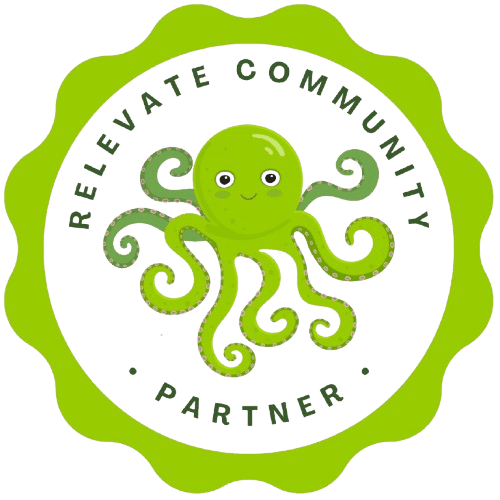
The goal of your online course isn’t to get your learner to complete every lesson.
It’s to help them change something: think differently, do something better, move forward.
But when your course feels like a checklist, that gets lost.
Have you ever looked at your course outline and thought, “This is just a long list of things my learner has to get through”?
You’re not alone.
Many first-time (and even experienced) course creators end up building something that feels more like a checklist than a learning experience.
Slide. Task. Quiz. Next slide. Next task. Next quiz.
But if it feels like a to-do list to you while building it, imagine how it’s going to feel for your learner.
So what’s the real issue?
Most course creators start with the content: the slides they already have, the modules they’ have taught live, the “stuff” they need to cover.
But they forget to ask:
How does this actually feel for someone learning it for the first time?
And the result? A course that’s technically full, but emotionally flat.
No flow. No sense of progress. No momentum.
Just another task.
Your learners don’t want to only be productive. They want to feel supported. They want clarity on where the course is taking them. They want to know they’re building new skills, not just consuming more content.
They are not thinking: “How much content can I get through today?”
They’re asking: “Is this going to help me move forward?”
So, how can you make that change?
Stop thinking of your course as a container for content.
Start thinking of it as a learning journey.
You are not just delivering information, you are guiding someone from where they are to where they want to be.
This changes everything: from how you plan your modules, to how you write your intros, to how you end each lesson.
Here are three ways to make your online course feel like a journey, not a chore:
Prefer to watch rather than read? Watch the above video instead.
Prefer to watch rather than read? Watch the above video instead.
Tip 1: Don’t Start with Content… Start with the Change
Before you upload a single slide, answer this question:
What will my learner be able to do by the end of this course that they can’t do now?
That’s your transformation.
From there, you can reverse-engineer the steps to get them there.
🔍 Example: For a personal finance course, the transformation might be: "By the end of this course, learners will be able to build and stick to a monthly budget."
This gives your course focus. It also tells you what to teach; and what not to teach.
💡 Try this: Write your transformation on a sticky note and keep it visible. Every lesson should move your learner closer to that goal.
Tip 2: Design for Early Wins
Progress builds motivation.
If learners feel stuck or overwhelmed in Module 1, they might never finish the course.
Start with something small and valuable they can do right away.
🔍 Example: For an interior styling course, instead of starting with colour theory, try: "Style one corner of your room using only items you already have."
It’s fast. It’s achievable. It builds confidence.
💡 Try this: Look at your first lesson. Can learners complete something valuable in 15 minutes or less?
If not, what could you move earlier to help them feel successful sooner?
Tip 3: End Every Lesson with Momentum, Not Just a Task
Practice isn’t about more worksheets.
It’s about deepening understanding.
Instead of assigning another download or quiz, prompt reflection:
"Pause and think about how this concept shows up in your own life or work."
🔍 Example: For a leadership course, instead of: "Complete this quiz on communication styles," try: "Think about a recent conversation that didn’t go well. What communication style were you using, and what could you try next time?"
This turns a task into insight. You’re helping learners slow down, make sense of what they have learned and apply it.
💡 Try this: Go through your lessons and ask, "Where could I help the learner pause and think, instead of pushing them to do more?"
Final Thoughts
If your course is starting to feel like a checklist, you don’t need to start over.
But you do need to step back and look at the experience you’re creating.
Ask yourself:
Does my course have a clear end goal?
Am I helping my learner feel early progress?
Are the tasks I’ve added deepening learning—or just filling space?
If the answer is “not yet,” start there.
Small, intentional changes, like adding a quick win or turning a task into a moment of reflection, can completely change how your course feels.
If you try any of these ideas, I’d love to hear what felt different for your learners!
Need Help with Course Creation?
If you try even one of these tips, I’d love to hear how it goes.
And if you’re building your first course and feeling stuck, you’re not alone.



